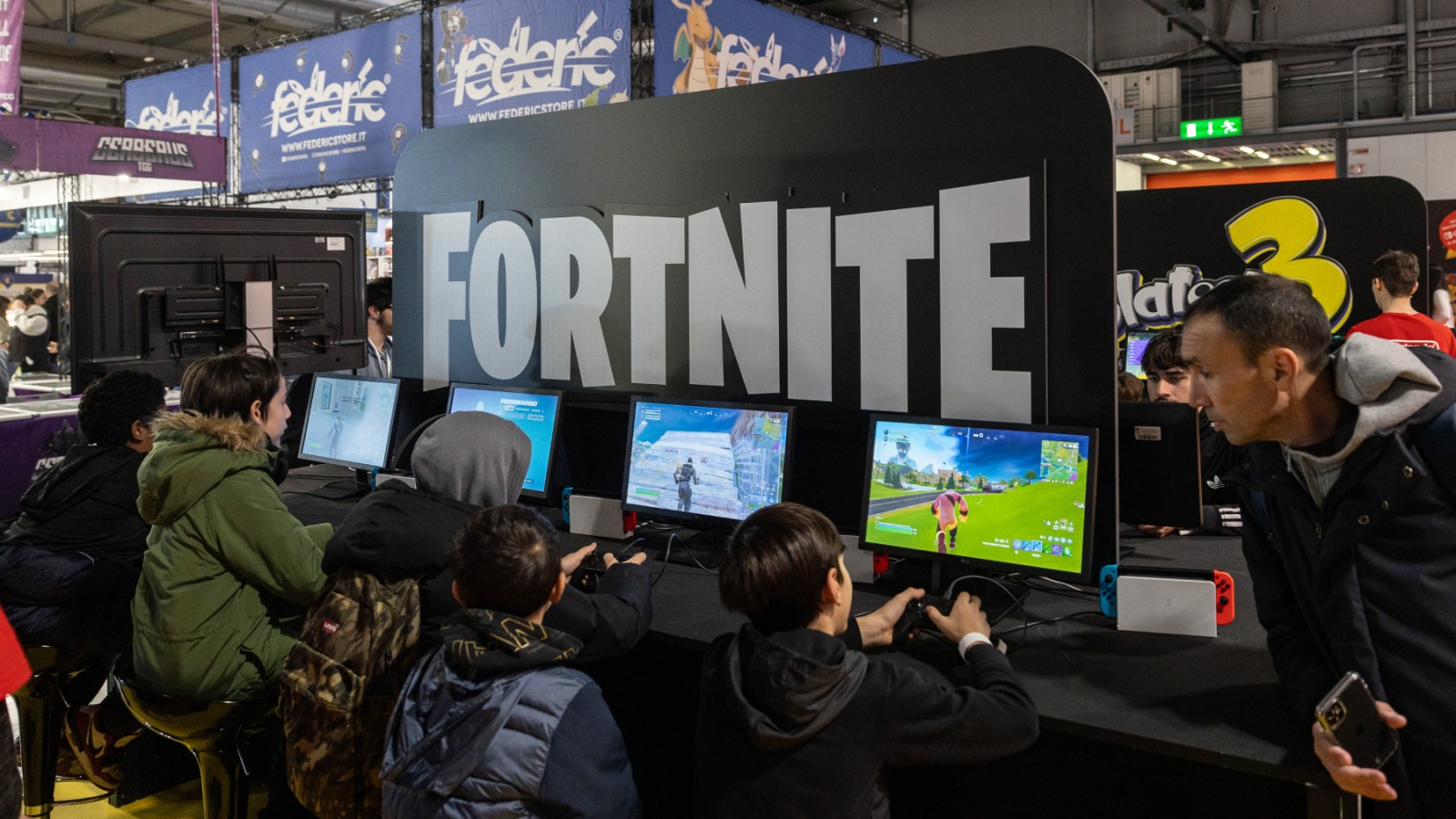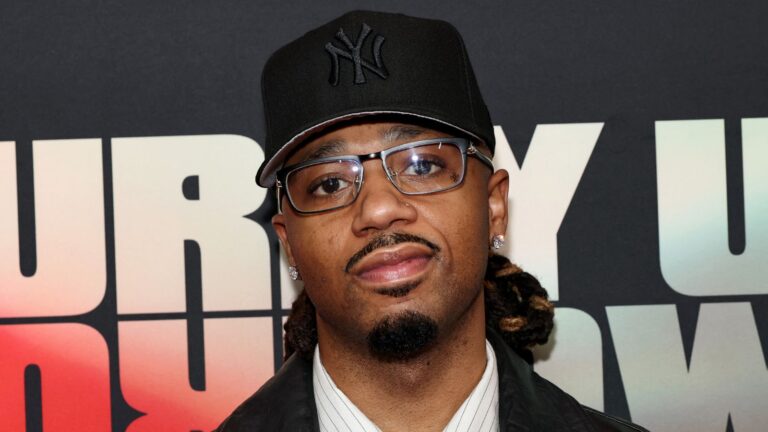Choreographer Felix “Fefe” Burgos is suing Epic Games, claiming dance moves he created for Alejandro Rauw’s “Touching the Sky” video were incorporated into Fortnite and sold to players without his permission.
The emote was introduced to Fortnite earlier this year, and was even named “Touching the Sky,” like Alejandro’s song. Emotes are essentially special dance moves or animations players can purchase for their avatars in the Fortnite “Item Shop.” The “Touching the Sky” emote was made available for 500 in-game V-Bucks, and players can have their avatars perform the short choreography sequence during gameplay.
In the lawsuit, Burgos’ lawyers said Epic’s “brazen infringement” of his “Touching the Sky” choreography was “undeniable.” To bolster their argument, they created a short YouTube video, which features the Fortnite emote dancing side-by-side with a section from the “Touching the Sky” music video.
As noted in the suit, Burgos registered his “Touching the Sky” choreography with the U.S. Copyright Office in 2024, around the same time the music video was released (it has since garnered over 9 million views). The suit claims Epic “did not seek to obtain Burgos’ authorization or consent” to use his choreography, nor did Epic “compensate Burgos for its use.”
The suit continues: “Epic made a fortune from unlawfully and unfairly misappropriating Burgos’s and other artists’ creative expression and likeness without crediting or compensating these artists. Burgos thus brings this lawsuit to prevent Fortnite from further using his Registered Choreography, and to recover the profits rightfully owed to him.”
A representative for Epic Games did not immediately return Rolling Stone’s request for comment.
As Burgos’ suit points out, Epic has come under fire previously for allegedly incorporating well-known choreography into Fortnite without the creator’s permission. The issue first cropped up in 2018, when the rapper 2 Milly accused the game of ripping off the viral “Milly Rock” dance. (The suit was later dropped.)
Burgos’ lawsuit cites a separate complaint brought by choreographer Kyle Hanagami, who accused Epic of making an emote out of a short section of choreography he created for a video set to a Charlie Puth song. While Hanagami and Epic mutually agreed to end the lawsuit last year, that came after the complaint established new precedent for how copyright infringement cases involving choreography should be analyzed.
While Hanagami had secured a copyright registration for his Puth routine, a district judge dismissed his suit at first, ruling that the short series of “poses” taken for the Fortnite emote were themselves not protected by copyright law. On appeal, however, the Ninth Circuit reversed the decision, saying a more holistic view was needed to assess copyright claims pertaining to choreography. “Reducing choreography to ‘poses’ would be akin to reducing music to just ‘notes,’” the ruling read.
Burgos’ new lawsuit states that Hanagami’s complaint, and others, “alerted the public at large of the existence of copyright protection for choreography, which led choreographers like Burgos to register” their work.
It continues: “[B]ecause of the lawsuits, Epic began to approach some artists about licensing choreography. However, on further information and belief, Epic typically approaches young and/or less sophisticated artists, like those who are catapulted to fame on social media platforms like TikTok, about licensing choreography for pennies on the dollar. Burgos, a sophisticated businessman and established choreographer who is aware of the value of his choreography generally and the Registered Choreography specifically, was never approached by Epic about a license.”



